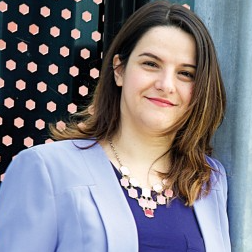Renowned Speakers

Bagrat A. Shainyan
Professor, A.E. Favorsky Irkutsk Institute of Chemistry Russia

Yuhui (Henry) Zhao
Epcor Water, Canada Canada

John S. Bhatt
Vice President at Eurodia,California USA USA

Anne Gaffney
Idaho National Laboratory(INL), USA USA

M. Samy El-Shall
Virginia Commonwealth University,USA USA

Ge Wang
University of Science & Technology, China China

Cinzia Casiraghi
Dr. School of Chemistry, University of Manchester, UK UK

Bhesh Bhandari
University of Queensland Australia Australia
Recommended Global Chemistry Webinars & Conferences
Europe & UK
Asia Pacific & Middle East
Canada
Chemistry Meeting-2025
To Collaborate Scientific Professionals around the World
Conference Date May 28-29, 2025
For Sponsors & Exhibitors
Speaker Opportunity
Useful Links
Past Conference Report
Supported By
All accepted abstracts will be published in respective Conference Series International Journals.
Abstracts will be provided with Digital Object Identifier by
